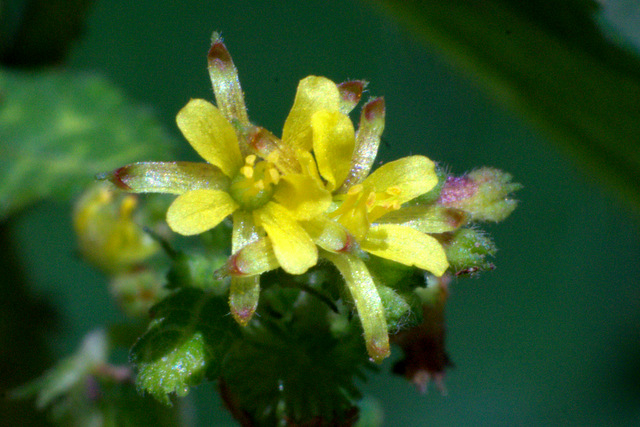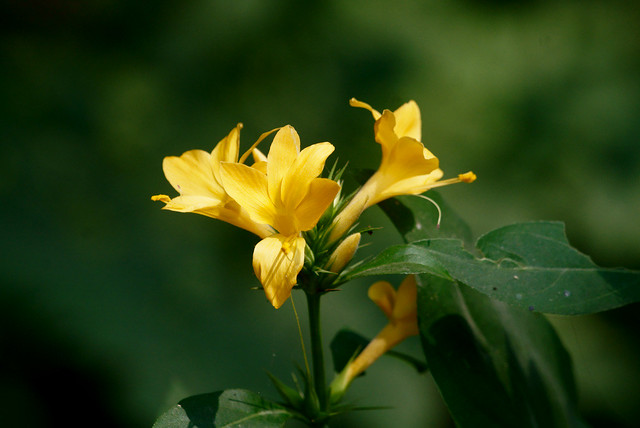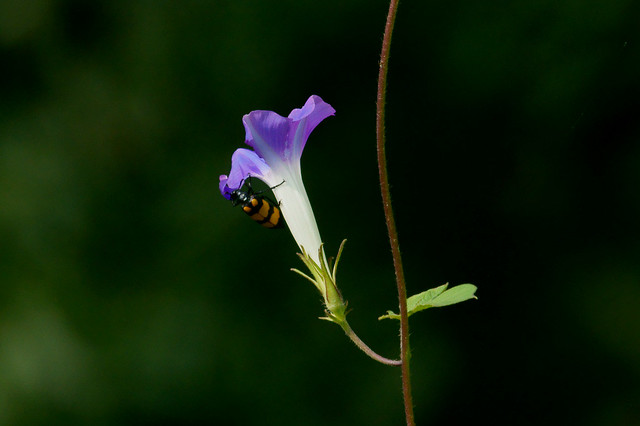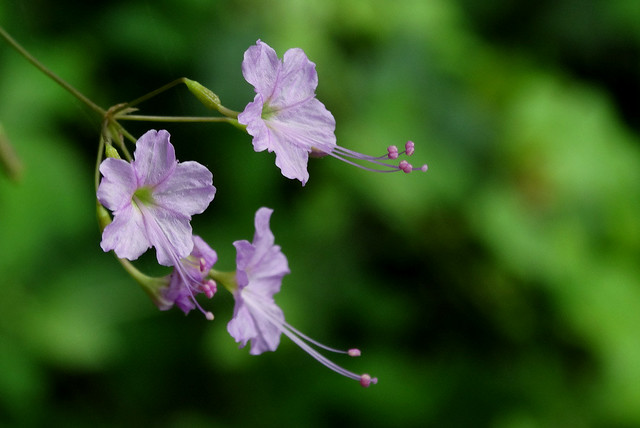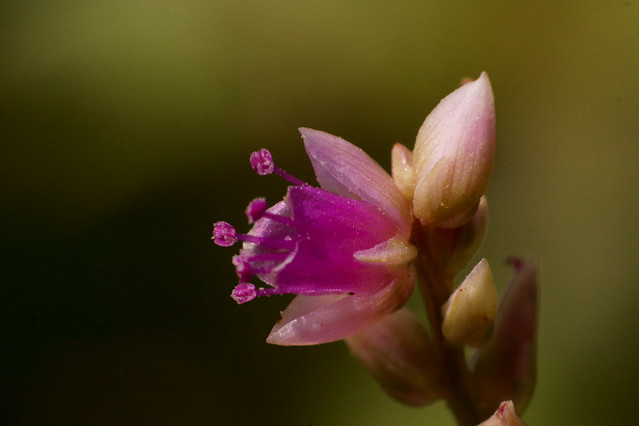If I have to name a single subject that I compulsively keep photographing, its probably Moon. Attraction to moon feels almost hardwired and as I try to justify that, it doesn't seem too difficult. Moon not only influences a large set of things around us but also makes it easy to see its influence. Tides or life, astronomy or astrology, festivals or something that can inspire poets, there are thousands of ways to see Moon affecting us and no wonder human mind finds it fascinating.
I was trying yet again (and again largely unsuccessfully) to take a moon shot and thought can share a collection of Moon shots so far.
first, its moon as seen most usually. Illuminated by direct sunlight. While it looks most common shot, its still rarely repeating shot except when its full moon. every time I get a moon in my frame, its illuminated differently - phase, side from which Sunlight is coming etc highlights terrain differently and so having a shot or two of the moon is absolutely no reason to ignore it next time.
and putting it by hand in the frame where its not actually a moon shot - Crescent Venus with Moon for scale.


okay, this shot is about venus, not moon. moon exists here only for scale and to make the picture interesting. Venus exhibits phases like moon. Currently its waning and crescent will become thinner in coming days culminating in Venus Transit on June 6. Venus transit occurs at intervals of 8-121.5-8-105.5 years and after June 6, next one will be in 2117. This rare event was of interest in earlier days to determine distance between Sun and Earth. This great interest in the event even resulted in unfortunate story like that of Guillaume Le Gentil.
Its actually lot brighter than what one may think of a planet. (I learned it after so many shots failed to show the crescent). Above Venus is taken at f/8, 1/60s, ISO 100. Shot is taken at 400 mm but I have stretched the size to make it more convenient to view.
And, below is the shot I tried for the nth time few days back. I have been trying a good Earthshine shot for quite long now and think unless I get below the sky with less air and light pollution, may not be possible to better it :-(.
Its actually lot brighter than what one may think of a planet. (I learned it after so many shots failed to show the crescent). Above Venus is taken at f/8, 1/60s, ISO 100. Shot is taken at 400 mm but I have stretched the size to make it more convenient to view.
And, below is the shot I tried for the nth time few days back. I have been trying a good Earthshine shot for quite long now and think unless I get below the sky with less air and light pollution, may not be possible to better it :-(.










